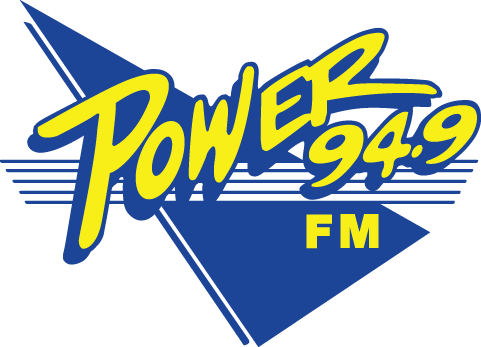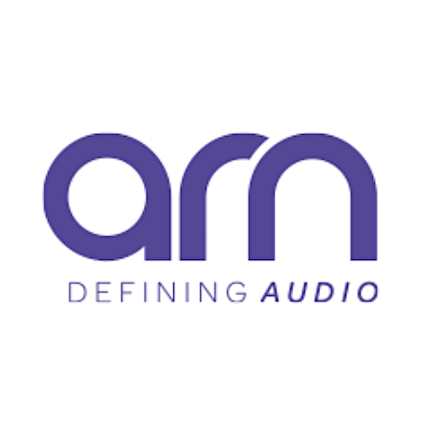The Final Countdown

Guest Contributor, Michael Lee, was the co-founder of Brown Bag Productions, winner of the Silver Screen Award, the Billboard Radio Award and seven Telly awards and a worldwide audience of two billion people.
He is now the President of HD/FX, which produces DOWNLOAD HD™, a content service with more than two million pieces of audio and written material and 300 US radio clients.
This is a sad, frustrating story about people who wouldn’t adapt to a changing world. Like many dramas, it has its share of incompetence, greed and opportunities lost.
Reports from the Radio Ink Convergence conference indicate that the demise of radio as we know it is already in final countdown mode. “AM and FM are being eliminated from the dash of two car companies within two years and will be eliminated from the dash of all cars within five years.” World of hurt doesn’t begin to describe this. Try baseball being played in the winter in Siberia before an announced crowd of three.
RT Editors note: MIchael wrote this article prior to the above quote from the conference being clarified. The actual quote from Thilo Koslowski, representing Gartner Research was that AM & FM receivers would not be pulled out of cars in the next 5-10 years, but '"beyond that absolutely". Whilst the timing was mis-reported in the US (not by Michael), his views on radio in this article remain.
The panelists included a representative from the “Silicon Valley offices of General Motors,” which may or may not make this statement more credible. The rush of shock, consternation and denial is led by Arbitron data showing that youth radio listening is doing just fine, thank you. And when was the last time that Arbitron was wrong about anything consequential?
Because youth listening is at the crux of a highly scary scenario that would vanquish radio from its monopoly on the world’s most captive listening environment. The idea is that the AM/FM bands would be jettisoned for the ability to get all the popular music websites. Pandora, Spotify and Grooveshark are about to get some big-time company from Google and Apple. The battle for your ears is coming, and radio sounds like a 78 record in a THX theatre.
Where did radio go so wrong? Why do the vast majority of private research and our gut instinct tell us that young listeners don’t much care for radio? Is it the proliferation of music content that is free or very low cost and tailored to the preferences of the listeners or users? Certainly that is what the losers want to believe. Not our fault. We fought a brilliant battle, but how could we beat technology and the ability of users to avoid commercials and hear what they want pretty much on demand?
True as far as it goes. But radio has suffered from incompetence and greed for a very long time. Visionaries need not apply. Formats born almost exclusively in the 60s and 70s. No R & D. Shrinking talent budgets. The same old leaders who haven’t had an original idea or the courage to implement it since George Bush, Sr. was in the White House. Take the money. Don’t think beyond the next quarter. Why don’t the listeners tell us what to do? Not that we would listen, but there is always a chance.
Guess what? Youthful listeners did tell you over and over again in the most obvious possible ways. They voted with their ears and their money. For the last several years, their time spent listening to and buying Electronic Dance Music has grown geometrically. They made it the choice of their computers, smartphones and pads. They made it the fastest (and virtually only) growing genre of music sales. They went to concerts. Indeed, some of the biggest festivals and shows in the world are EDM. Crowds of over 100,000 are not uncommon.
But you would absolutely never know it if you listen to AM/FM radio. Yes, there are a few shows on the weekends and a whopping total of five stations monitored by Billboard. When EDM came to iHeart radio, it was immediately the most popular digital-only station. Clear Channel responded with one full time EDM station in Boston. There are 11,293 AM/FM stations in the US. At this rate of growth, supply will catch up with demand when Justin Bieber becomes a scoutmaster.
One of the only full-time EDM stations was in Denver at KDHT. It has a terrible signal and switched to Jack-FM a month or so ago. Proof positive that radio has given EDM a full chance for success. Just ask Skrillex or Tiesto or Deadmau5, who, according to Forbes, pull down a million dollars for a three hour plus show at an outdoor music festival. And EDM has many different sub genres, from dubstep to trance to house to keep it diverse.
It’s hard to comprehend radio’s issues here. There is the love affair with older audiences. There is the certainty that people are not meant to dance or think about dance music at 9AM. It’s just a bunch of whacked out teenagers dropping ecstasy and listening to fad music. Kind of exactly what rock music was in the 1960s with marijuana.
But the ship has sailed on this opportunity. Young listeners know that radio is all about country and classic rock and pop ballads and “playing what we want.” It is about their parents and their grandparents and radio executives who can spot an obvious trend at the same warp speed Congress can balance the budget.
So when the big, bad internet boys take over your car and the AM/FM band monopoly is just a trivia question, you can ponder this. What if the Beatles and Pink Floyd had come along 45 years later and been EDM artists? Maybe they have. But radio was too busy pulling the switch on its own final countdown.



